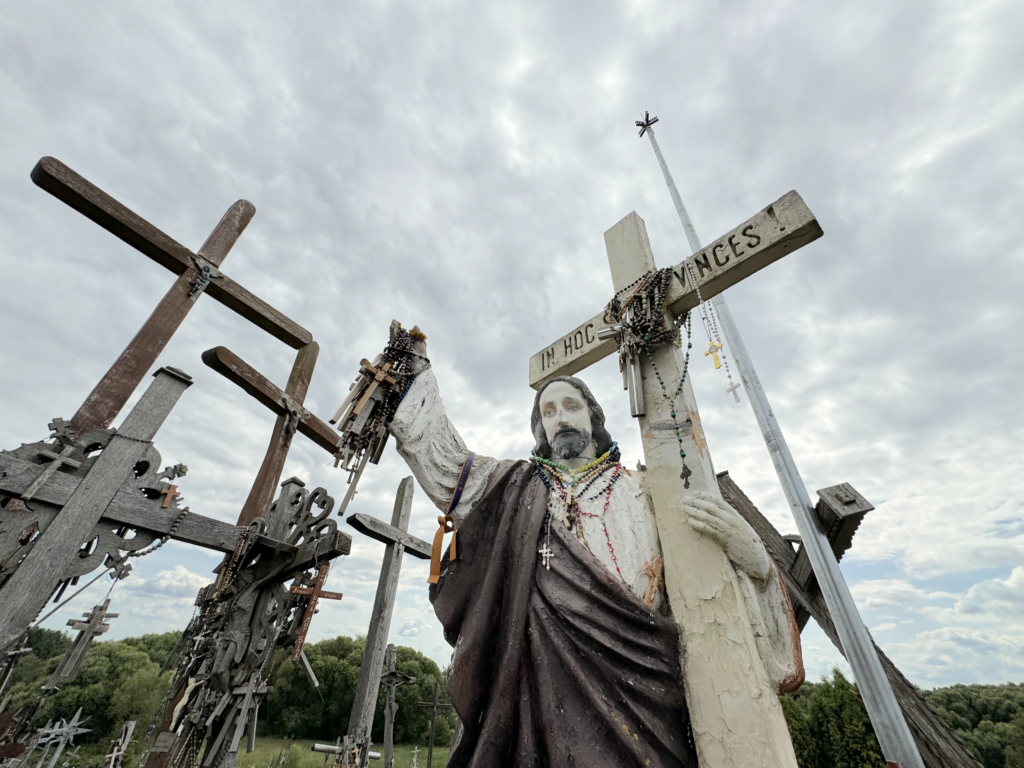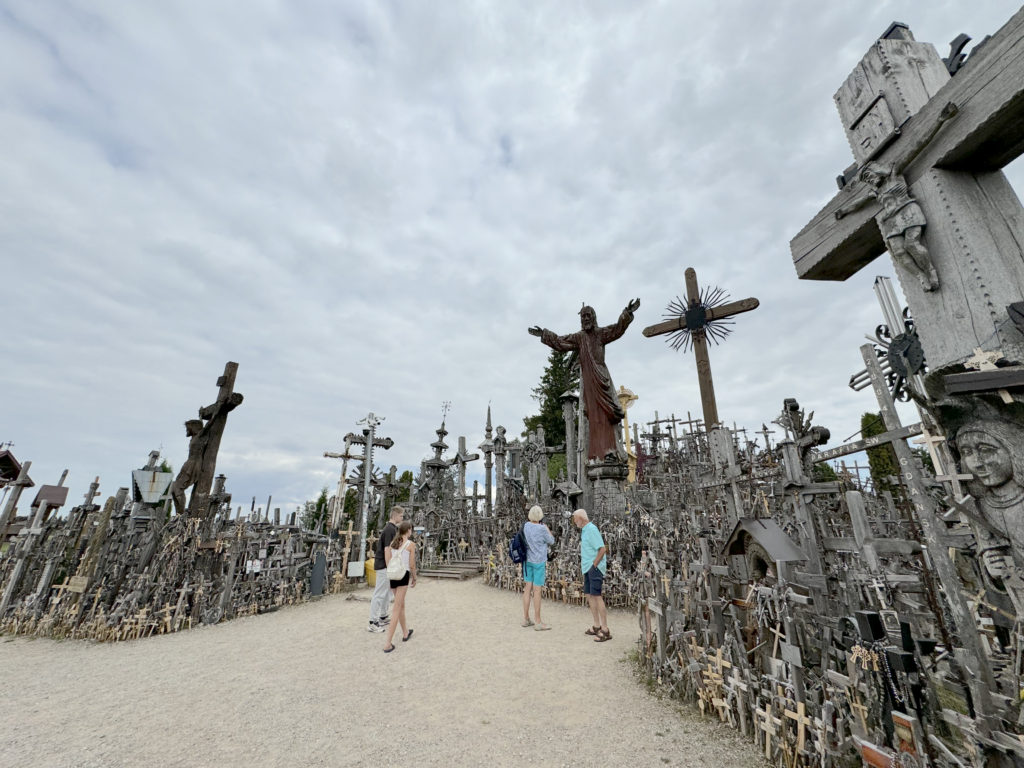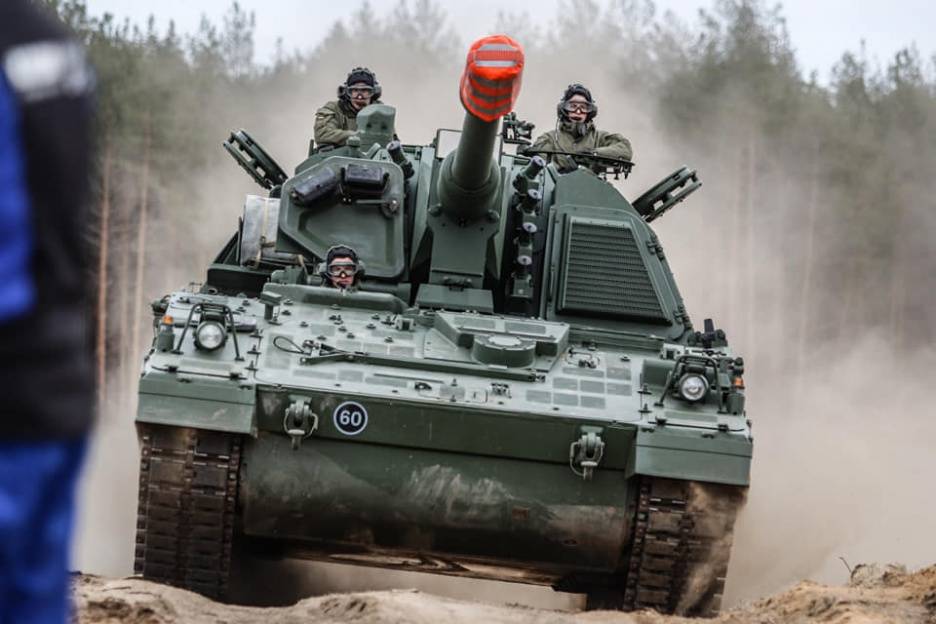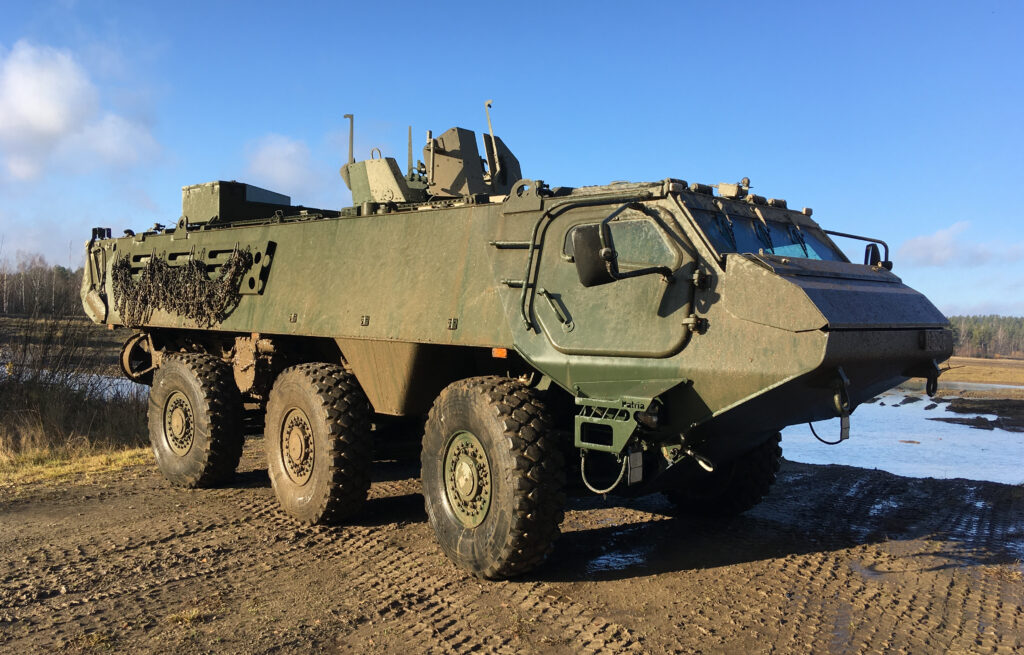NATO is bolstering its eastern defences with permanent troop deployments in Lithuania, Finland, and Romania, directly addressing the evolving security dynamics along Russia’s borders. A tiny hill of crosses symbolizes enduring Lithuanian resistance against the Eastern aggressor.
German Defence Minister Boris Pistorius announced at the Munich Security Conference in February 2025 that Germany will station a permanent brigade of approximately 4,800 troops in Lithuania. This move transitions from the previous rotational deployments to a steadfast presence, enhancing NATO’s deterrence capabilities in the region. Germany already leads NATO’s 1,000-strong multinational battle group in Lithuania, which will be integrated into the brigade.
The permanent brigade is expected to achieve full operational readiness by 2027, marking Germany’s first enduring foreign military deployment since World War II. Pistorius emphasized the historical significance of this commitment, likening it to the stationing of allied forces in West Germany during the Cold War.
Over the next several years, Lithuania will allocate about 0.3% of its GDP to build housing, training grounds, and other infrastructure for German troops. This may require tax increases, according to Laurynas Kasčiūnas, head of the parliamentary National Security and Defence Committee.
With a population of 2.7 million, Lithuania was once under Moscow’s rule but is now a member of both the EU and NATO. Its armed forces, including land, naval, and air units, comprise approximately 16,000 professional and conscripted troops.
Enhancements in Finland
Finland, having joined NATO in 2023, is set to host NATO’s Forward Land Forces (FLF) in its northern regions. Finnish Defence Minister Antti Häkkänen confirmed that these troops will be stationed in Rovaniemi and Sodankylä, both located in Lapland. This deployment aims to strengthen the alliance’s presence in the High North, a region of increasing strategic importance. The FLF will engage in regular training exercises and, if necessary, provide rapid reinforcement to NATO’s eastern flank.
Expansion in Romania
Romania is undergoing a substantial transformation of its military infrastructure with the development of the Mihail Kogălniceanu (MK) airbase into NATO’s largest European base. Situated approximately 60 miles from Ukraine’s border, the expanded facility will have the capacity to accommodate up to 10,000 troops, including those from the United States and other NATO allies. This $2.1 billion project reinforces NATO’s southeastern perimeter in response to heightened tensions with Russia.
Deterrence and Rapid Response
These deployments in Lithuania, Finland, and Romania signify a decisive shift in NATO’s posture from rotational to permanent forces along its eastern frontier. The establishment of enduring bases serves multiple strategic objectives:
- Deterrence: A continuous NATO presence aims to deter potential aggression by signaling the alliance’s readiness to defend its member states.
- Rapid Response: Permanent bases enable quicker mobilization and response times in the event of a security crisis.
- Regional Stability: These deployments enhance the security of Eastern Europe, reassuring member nations of NATO’s commitment to collective defence.


Enduring Symbol of Resistance: Hill of Crosses
Twelve kilometers North of the city of Šiauliai, in northern Lithuania, there is a small hill, near a wheat field, filled with crosses, crucifixes, statues of the Virgin Mary, carvings of Lithuanian patriots and thousands of tiny effigies and rosaries. The hill is 60 meters long and 40-50 meters wide.
This Hill of Crosses has evolved into a symbol of national identity and religious faith, particularly during the tumultuous periods of foreign domination. It stands as a powerful testament to the nation’s resilience and defiance against the Russian oppression, especially from the Soviet year.
The tradition of placing crosses on this hill began in the mid-19th century, following the 1831 and 1863 uprisings against Russian imperial rule. Families, unable to locate the bodies of fallen rebels, erected crosses as symbolic gravesites. By 1900, the number of crosses had grown to 130, reflecting the site’s emerging importance as a place of remembrance and spiritual solace. The exact number of crosses is uncertain, but estimates suggest around 55,000 in 1990 and more than 100,000, today.
Soviet Era: Attempts at Eradication
During the Soviet occupation, the Hill of Crosses became a focal point of peaceful resistance against enforced atheism and cultural suppression. Recognizing its potent symbolism, Soviet authorities sought to eliminate the site. In 1961, they bulldozed over 5,000 crosses, and subsequent demolitions occurred in 1973 and 1975. Despite these aggressive actions, Lithuanians persistently replaced the destroyed crosses, often under the cover of night, demonstrating unwavering commitment to their heritage and beliefs.
Enduring Symbol of Resistance
The relentless efforts to restore the crosses, despite the threat of persecution, underscored the hill’s role as a sanctuary of hope and defiance. Even after the Soviet era, the Hill of Crosses continues to inspire oppressed communities worldwide, symbolizing the enduring power of faith and the human spirit against tyranny.
Today, the Hill of Crosses stands not only as a memorial to past struggles but also as a beacon of resilience, attracting visitors from around the globe who seek to honor the indomitable will of the Lithuanian people.
Read More:
- Reuters: German brigade to be combat ready in Lithuania, on Russian border, in 2027
- YLE: Defence Minister – Nato troops will be stationed in Rovaniemi, Sodankylä
- The Times: ‘Why not make Putin worry?’: inside Nato’s biggest European base
- The Nordic Reporter: NATO Forward Land Forces to be based in Finland
- BMVG: Pistorius visits activation staff of the Brigade in Lithuania
- Wikipedia: Hill of Crosses
- Hill of Crosses
- Word&Way: Hill of Crosses
- Lithuanian Armed Forces



